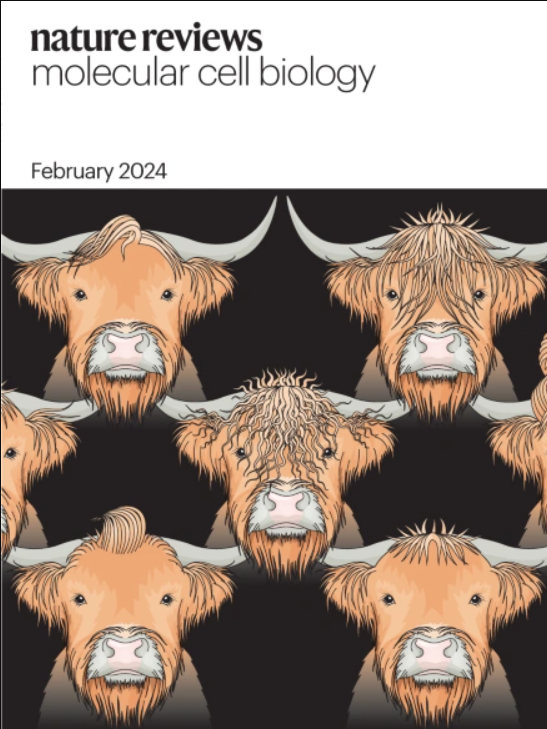Elucidating the coordination of RNA processing using short-read and long-read RNA-sequencing methods.
IF 90.2
1区 生物学
Q1 CELL BIOLOGY
引用次数: 0
Abstract
The maturation of mRNAs is crucial for gene regulation and proteome diversification. Transcripts are processed co-transcriptionally through a complex interplay of mechanisms that involve numerous protein machineries. In eukaryotes, most genes undergo alternative RNA processing through the context-dependent use of transcription start sites (TSSs), splice sites and polyadenylation sites. The accurate measurement of alternative TSS usage, alternative splicing and alternative polyadenylation has been enabled by short-read RNA-sequencing technologies. However, elucidating the timing, coordination and functional outcomes of alternative RNA processing is challenging, especially in vivo. The development of long-read sequencing (LRS) methodologies enables the characterization of various aspects of co-transcriptional RNA processing, each methodology providing unique perspectives and limitations. In this Review, we discuss recent advances in short-read sequencing and LRS technologies that measure transcripts in their nascent and mature state and at single-cell resolution and with whole-molecule read length in the case of LRS. We integrate new findings that functionally link alternative TSS, alternative splicing and alternative polyadenylation, with new implications for diseases such as cancer and neurodevelopmental and neurodegenerative disorders. Finally, we discuss insights gained using CRISPR tools into the coordination of RNA processing events.利用短读和长读RNA测序方法阐明RNA加工的协调。
mrna的成熟对基因调控和蛋白质组多样化至关重要。转录本通过涉及许多蛋白质机制的复杂相互作用进行共转录处理。在真核生物中,大多数基因通过上下文依赖的转录起始位点(tss)、剪接位点和聚腺苷化位点进行替代性RNA加工。通过短读rna测序技术,可以精确测量备选TSS的使用、备选剪接和备选聚腺苷化。然而,阐明替代RNA加工的时间、协调和功能结果是具有挑战性的,特别是在体内。长读测序(LRS)方法的发展使得表征共转录RNA加工的各个方面成为可能,每种方法都提供了独特的视角和局限性。在这篇综述中,我们讨论了短读测序和LRS技术的最新进展,这些技术在LRS的情况下测量转录本的新生和成熟状态、单细胞分辨率和全分子读长。我们整合了在功能上连接选择性TSS、选择性剪接和选择性聚腺苷化的新发现,这些发现对癌症、神经发育和神经退行性疾病等疾病具有新的意义。最后,我们讨论了使用CRISPR工具来协调RNA加工事件所获得的见解。
本文章由计算机程序翻译,如有差异,请以英文原文为准。
求助全文
约1分钟内获得全文
求助全文
来源期刊
CiteScore
173.60
自引率
0.50%
发文量
118
审稿时长
6-12 weeks
期刊介绍:
Nature Reviews Molecular Cell Biology is a prestigious journal that aims to be the primary source of reviews and commentaries for the scientific communities it serves. The journal strives to publish articles that are authoritative, accessible, and enriched with easily understandable figures, tables, and other display items. The goal is to provide an unparalleled service to authors, referees, and readers, and the journal works diligently to maximize the usefulness and impact of each article. Nature Reviews Molecular Cell Biology publishes a variety of article types, including Reviews, Perspectives, Comments, and Research Highlights, all of which are relevant to molecular and cell biologists. The journal's broad scope ensures that the articles it publishes reach the widest possible audience.

 求助内容:
求助内容: 应助结果提醒方式:
应助结果提醒方式:


